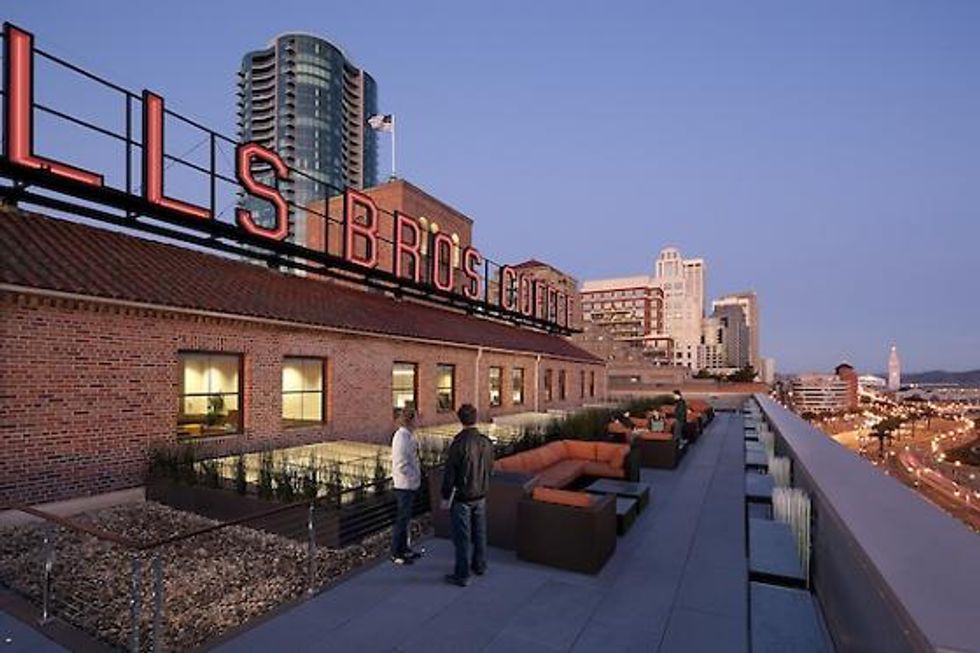The technology-driven entrepreneurial boom headquartered in San Francisco is now extending well beyond bootstrapped startups and hot IPOs to disruptive efforts by established firms in many fields.
A perfect example is the “innovation studio” atMKThink, an architectural think tank with offices in North Beach that in addition to its traditional design work has pioneered data-driven solutions in fields like education.
“MKThink founded in 2002 to explore the edges and dimensions of what it means to be an architect,” says CEO Mark Miller, a leading proponent of carbon-neutral construction, whose work can be seen at the Crissy Field Visitor Center. “It sits at the intersection of architecture, human behavior (or culture) and the environment.”
Since one of the largest and most important uses of land and buildings is by educational institutions, MKThink has found itself deeply engaged with some of them, notably Stanford University and the Oakland Unified School District.
At Stanford, the company has worked closely with the university on designing or redesigning key buildings all over campus, including recently the acclaimed d.school.
Its work in Oakland has been grabbing major headlines in recent years. MKThink created software that analyzes built environments, facilities, demographics, and enrollment in order to help the district make smarter decisions about which facilities to close and which to keep open, etc.
While the Oakland system has the capacity to serve over 60,000 students, enrollment has flattened out at about 40,000.
“The simple problem is that their income comes from headcount and their facilities are a cost center,” notes Miller.
So what his firm has done is to design a series of tools – on the web, as well as paper reports and infographics that reflect back to the district and members of the community how its resources are currently being deployed and how they could more efficiently be used in the future.
“We’ve given them a profile of every school and every room in every school,” says Miller. Our job is to figure out the patterns and present a framework for solutions.”
A project on this scale, involving some 110 schools and buildings, and hundreds of millions of dollars of public funds, not to mention the deeply held feelings of people about where their kids go to school, has required some of the kinds of innovative uses of technology we see in the most disruptive startups.
The response from people in the community has been impressive, as many citizens have become taking advantage of the interactivity built into MKThink’s approach to voice their opinions and help forge solutions to the school building usage problem.
One of the thorny issues in Oakland and across the nation is how many modular classrooms (trailers) are in use – Miller says the number is around 350,000 nationwide.
From an environmental and energy-use perspective, these should be phased out as soon as possible. So the Facilities Master Plan developed by the Oakland authorities with MKThink identifies steps to do this over time.
The company has worked with other schools and colleges in San Francisco and elsewhere, and other institutions and agencies, including the U.S. Navy, are using its software to improve their resource use efficiency.
MKThink, which employs around 30 people, is headquartered near the waterfront in North Beach.




















